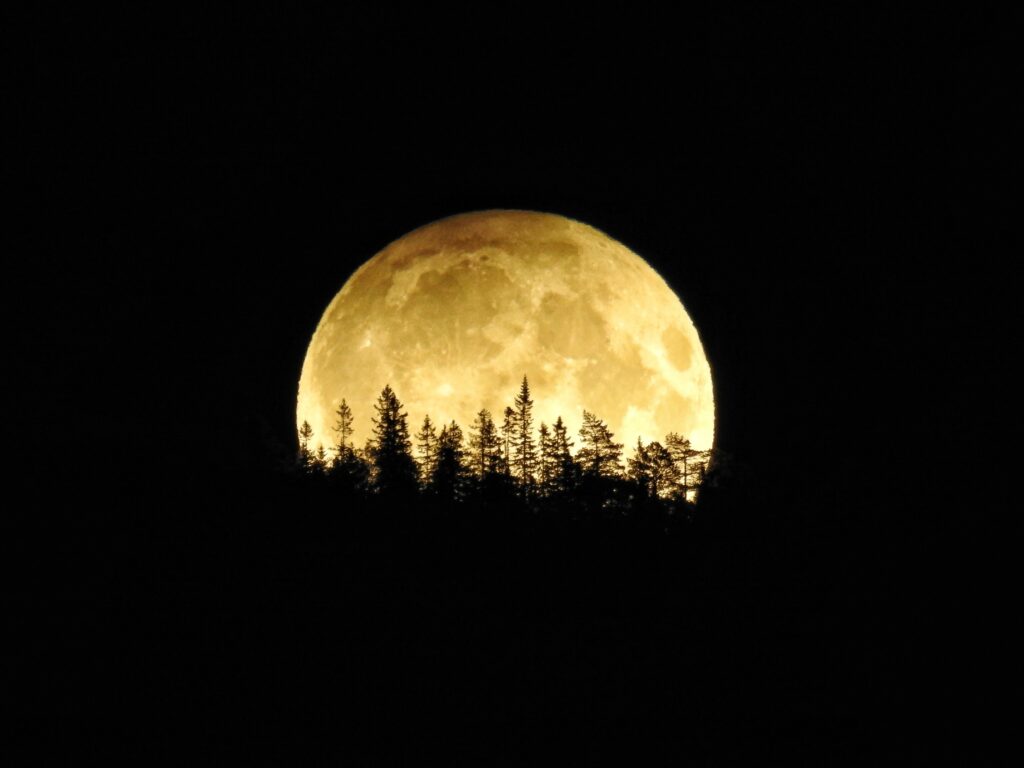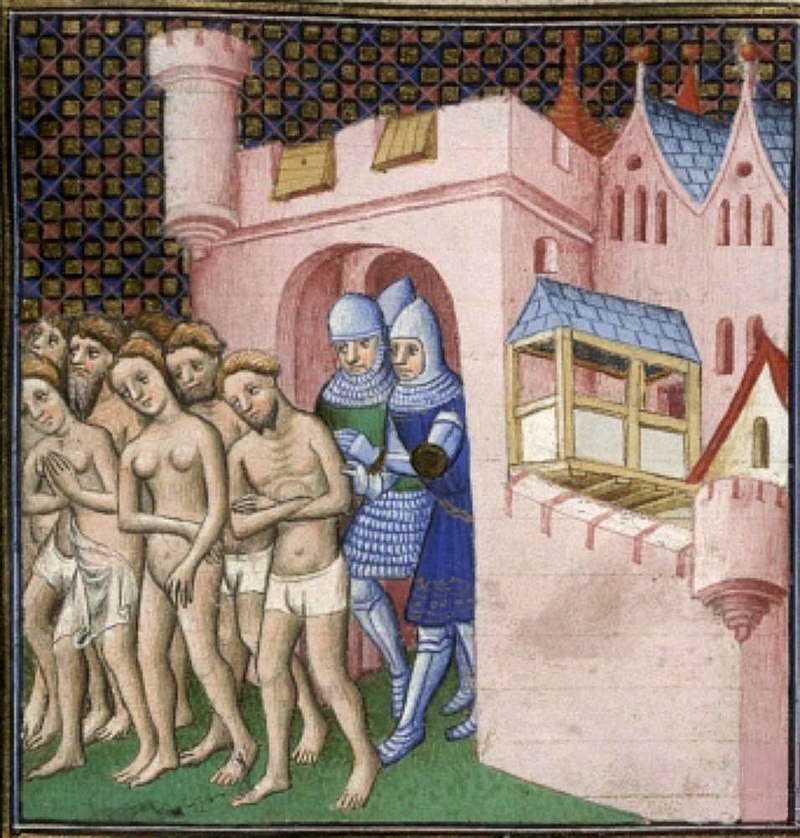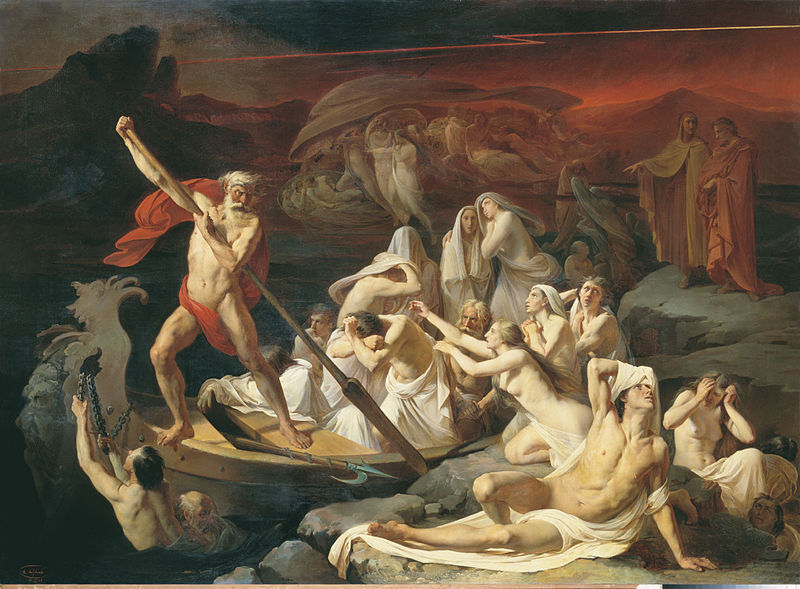The Host's Prologue
The Harvest Moon
“The flame-red moon, the harvest moon, rolls along the hills, gently bouncing, a vast balloon, till it takes off, and sinks upward to lie on the bottom of the sky, like a gold doubloon. The harvest moon has come, booming softly through heaven, like a bassoon. And the earth replies all night, like a deep drum.” (Ted Hughes)
September’s full corn moon is so called because this is when crops are gathered at the end of the summer season. At this time, the Moon appears particularly bright and rises early, letting farmers continue harvesting into the night. This moon is also sometimes named the barley moon, and it is often the nearest full moon to the autumnal equinox, earning the title of ‘harvest moon’. 2023 will be host to 13 full moons, including a Super Blue Moon August 31st. The Harvest Moon will rise 29th September.

The Cathars
The Cathars were a religious group who appeared in Europe in the eleventh century, their origins something of a mystery though there is reason to believe their ideas came from Persia or the Byzantine. Roman Catholics still refer to Cathar belief as “the Great Heresy” though the official Catholic position is that Catharism is not Christian at all. The religion flourished in an area often referred to as the Languedoc, corresponding to the new French region of Occitanie. As Dualists, Cathars believed in two principles, a good god and his evil adversary (much like God and Satan of mainstream Christianity). The good principle had created everything immaterial (good, permanent, immutable) while the bad principle had created everything material (bad, temporary, perishable). Cathars believed in reincarnation and refused to eat meat or other animal products. They were strict about biblical injunctions – notably those about living in poverty, not telling lies, not killing and not swearing oaths. Basic Cathar Tenets led to some surprising logical implications. For example they largely regarded men and women as equals, and had no doctrinal objection to contraception, euthanasia or suicide. In the Languedoc, known at the time for its high culture, tolerance and liberalism, the Cathar religion took root and gained more and more adherents during the twelfth century. By the early thirteenth century Catharism was probably the majority religion in the area. The head of the Catholic Church, Pope Innocent III, called a formal Crusade against the Cathars of the Languedoc, appointing a series of military leaders to head his Holy Army. The first was a Cistercian abbot (Arnaud Amaury), now best remembered for his command at Béziers: “Kill them all. God will know his own”. The second was Simon de Montfort now remembered as the father of another Simon de Montfort, a prominent figure in English parliamentary history. The war against the Cathars of the Languedoc continued for two generations. In the later phases the Kings of France would take over as leaders of the crusade, which thus became a Royal Crusade. Among the many victims who lost their lives were two kings: Peter II King of Aragon cut down at the Battle of Muret in 1213 and Louis VIII King of France who succumbed to dysentery on his way home to Paris in 1226. At the end of the extermination of the Cathars, the Roman Church had proof that a sustained campaign of genocide can work. It also had the precedent of an internal Crusade within Christendom, and the machinery of the first modern police state that could be reconstructed for the Spanish Inquisition, and again for later Inquisitions and genocides. Chateaubriand referred to the crusade as “this abominable episode of our history”. Voltaire observed that “there was never anything as unjust as the war against the Albigensians”.

